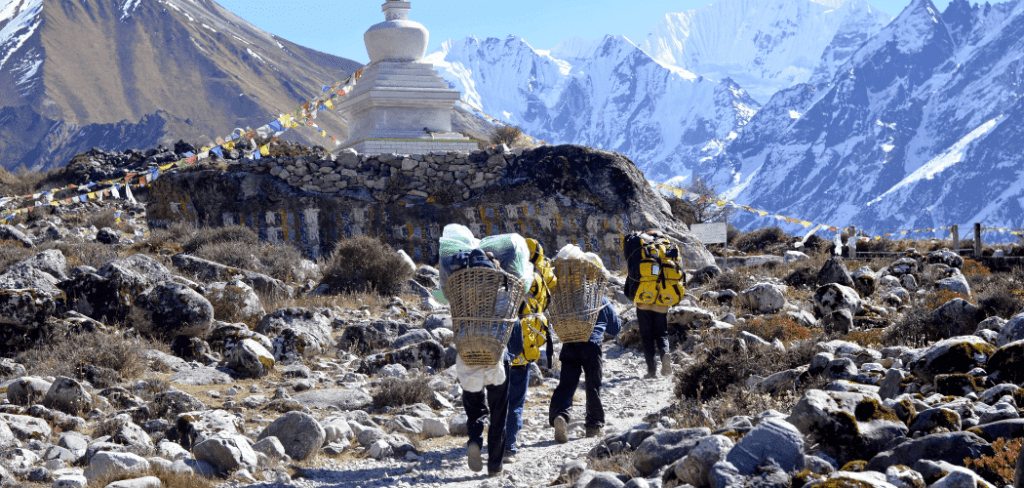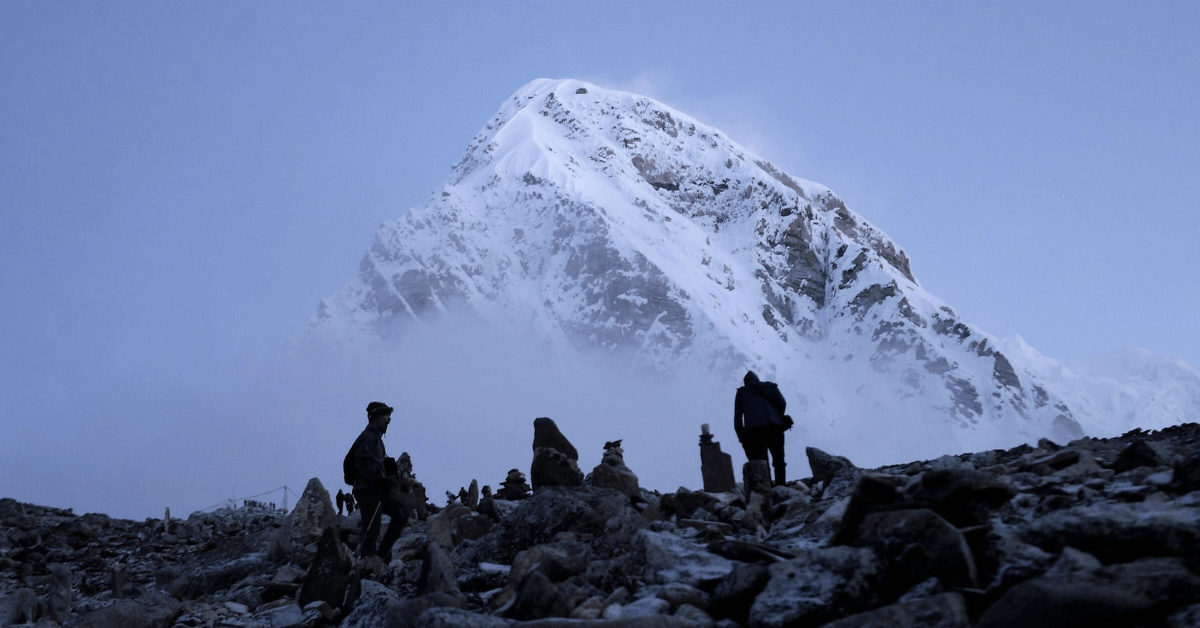Climbing a 14er, or a mountain that stands over 14,000 feet tall, is a challenging and rewarding experience. However, it is important to properly acclimatize to the high altitude before attempting a summit.
In this article, we will discuss the various methods and tips for acclimatizing to a 14er, including the importance of proper hydration, gradually increasing altitude, and recognizing the symptoms of altitude sickness.
How Do You Acclimatize For 14er?
Altitude sickness, also known as acute mountain sickness (AMS), is a condition that can occur when a person ascends too quickly to high elevations, resulting in symptoms such as headache, nausea, fatigue, and difficulty sleeping. In severe cases, it can lead to more serious conditions such as high-altitude cerebral edema (HACE) and high-altitude pulmonary edema (HAPE).
The best way to acclimatize for a 14er climb is to gradually increase your elevation over a period of days. This allows your body to adjust to the lower levels of oxygen at high altitudes. A general guideline is to increase your elevation by no more than 1,000 feet per day and to take at least one rest day for every 3,000 feet of elevation gained. For example, if you are starting at an elevation of 5,000 feet and plan to summit a 14er at 14,000 feet, you should plan to spend at least 3 days acclimatizing and allow for rest days.
Another important aspect of acclimatization is staying hydrated. At high altitudes, the air is dryer, and the body’s need for water increases. It’s important to drink at least 2-3 liters of water per day during the acclimatization period. It’s also important to avoid alcohol and caffeine, as they can dehydrate the body.
In addition to gradually increasing elevation and staying hydrated, there are other things you can do to help your body acclimatize. One is to get enough sleep and avoid strenuous activity in the first 24 hours after arriving at a higher elevation. Another is to take it easy on the first day of the climb and avoid pushing yourself too hard. It’s also important to pay attention to your body and be aware of the symptoms of altitude sickness. If you experience any symptoms, it’s important to descend to a lower elevation immediately.
Another important thing to note is that it is not necessary to summit a 14er in order to acclimatize. Hiking to a high camp or climbing a nearby peak that is lower in elevation but still above 13,000 feet can be a great way to acclimatize.
Finally, it’s important to remember that everyone’s body is different and some people may acclimatize more quickly or slowly than others. It’s important to listen to your body and adjust your acclimatization plan accordingly. It’s also important to remember that even with proper acclimatization, altitude sickness can still occur and it’s important to be aware of the symptoms and to descend immediately if necessary.
Related: What To Eat The Night Before A 14er
How Do You Prevent Altitude Sickness In 14ers?

Here is a synopsis rundown of all the ways you can prevent altitude sickness in 14ers and ensure a great mountaineering experience:
1. Climb high, sleep low
This means that you should climb to a higher altitude during the day, but then descend to a lower altitude to sleep. This helps to prevent the body from being exposed to too much altitude at once.
2. Gradual ascent
Gradually increasing your elevation over a period of days allows your body to adjust to the lower levels of oxygen at high altitudes. Avoiding rapid ascent is important to prevent altitude sickness.
3. Stay hydrated
At high altitudes, the air is dryer, and the body’s need for water increases. It’s important to drink at least 2-3 liters of water per day during the acclimatization period.
4. Avoid alcohol and caffeine
Alcohol and caffeine can dehydrate the body, which can make altitude sickness more likely.
5. Get enough sleep
Getting enough sleep is important for acclimatization and avoiding altitude sickness. Aim for at least 8 hours of sleep per night.
6. Take it easy
Avoid pushing yourself too hard on the first day of the climb. Climb at a moderate pace and take breaks as needed.
7. Be aware of the symptoms
Be aware of the symptoms of altitude sickness, such as headache, nausea, fatigue, and difficulty sleeping. If you experience any symptoms, it’s important to descend to a lower altitude immediately.
8. Carry an Oxygen Cylinder
An oxygen Cylinder can be used in case of emergency and can be a lifesaver.
9. Consult a doctor
Before attempting a 14er, consult a doctor to ensure that you are in good health and that there are no underlying medical conditions that would make climbing a 14er unsafe.
10. Proper training and equipment
Make sure you are properly trained and equipped for the climb. This includes having the right clothing, footwear, and other gear, as well as being familiar with the route and any potential hazards.
What Are The Stages Of Acclimatization To High Altitude?
In this section of the article, we will discuss the three stages of acclimatization to high altitude, including the initial adjustment period, the intermediate adjustment period, and the full adjustment period. Understanding these stages can help you properly prepare for a high-altitude climb and ensure a safe and enjoyable experience.
Stage 1 – The Initial Adjustment Period
The first stage is the initial adjustment period, which typically lasts for the first 24-48 hours after arriving at a high altitude. During this time, the body begins to respond to the lower levels of oxygen by increasing the breathing rate and heart rate. This helps to increase the amount of oxygen getting to the body’s tissues. However, this initial adjustment period can also cause symptoms such as headache, fatigue, and difficulty sleeping.
Stage 2 – The Intermediate Adjustment Period
The second stage is the intermediate adjustment period, which typically lasts for 2-3 days. During this time, the body continues to adapt to the lower levels of oxygen by increasing the production of red blood cells. This helps to increase the amount of oxygen that can be carried in the blood. During this stage, symptoms may improve and people may feel more normal.
Stage 3 – The Full Adjustment Period
The final stage is the full adjustment period, which can take up to 2 weeks. During this time, the body has fully adapted to the lower levels of oxygen at high altitudes. Symptoms should be minimal and people should be able to perform normal activities. However, people may still experience some symptoms such as headache and fatigue if they exert themselves too much or if they spend too much time at high altitudes.
It’s important to note that these stages of acclimatization are general guidelines and can vary for each individual, depending on factors such as genetics, age, and overall health.
